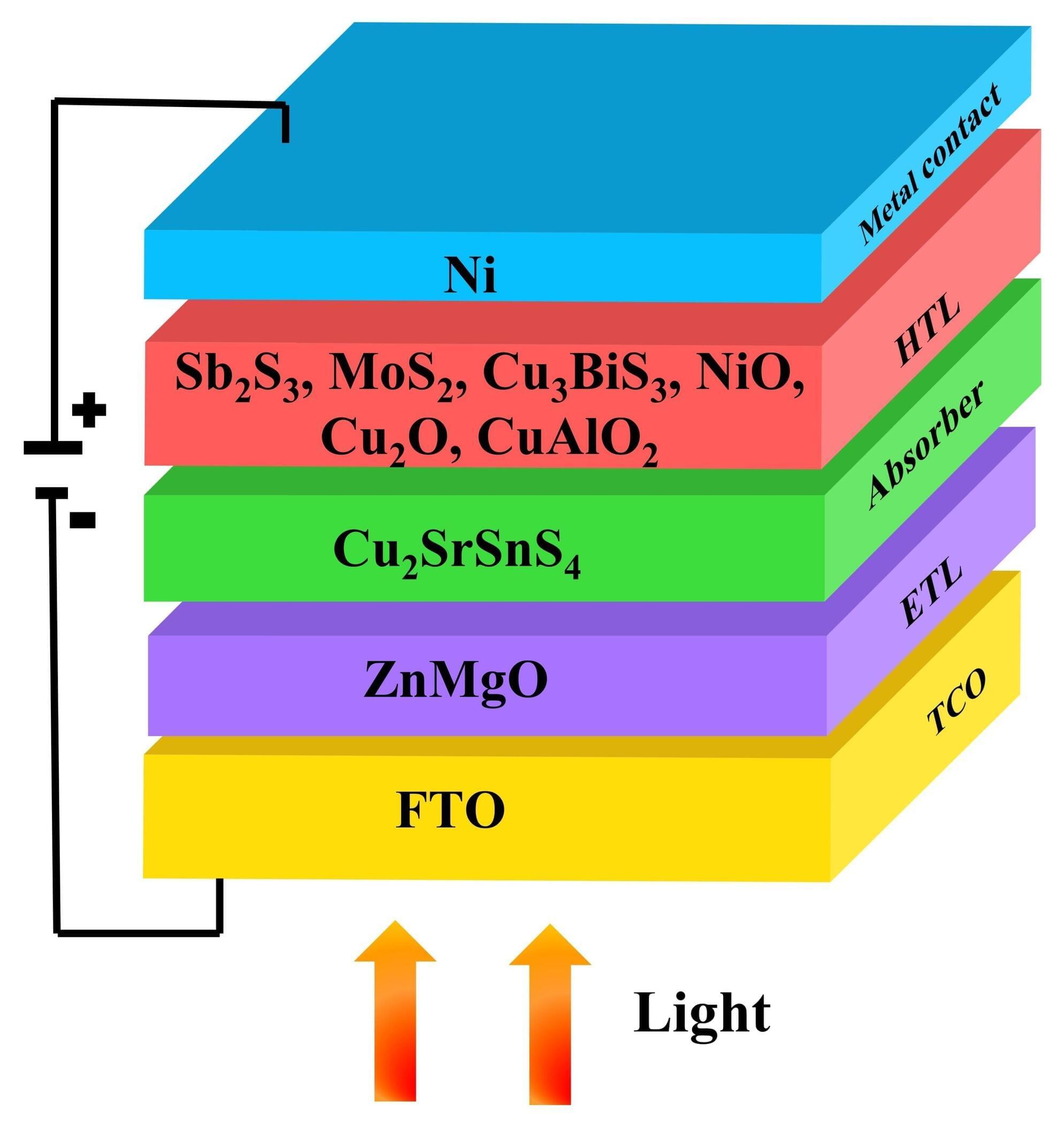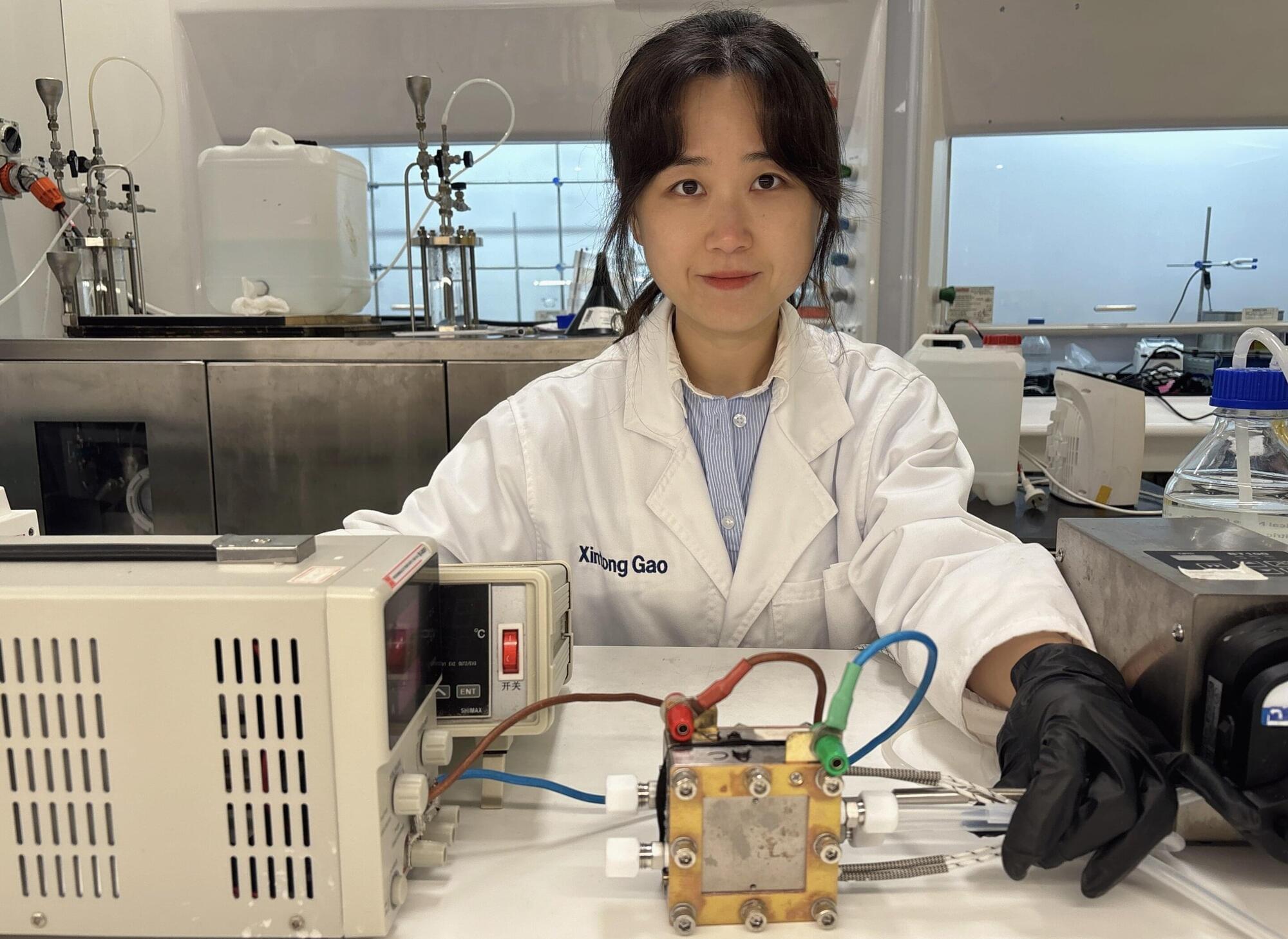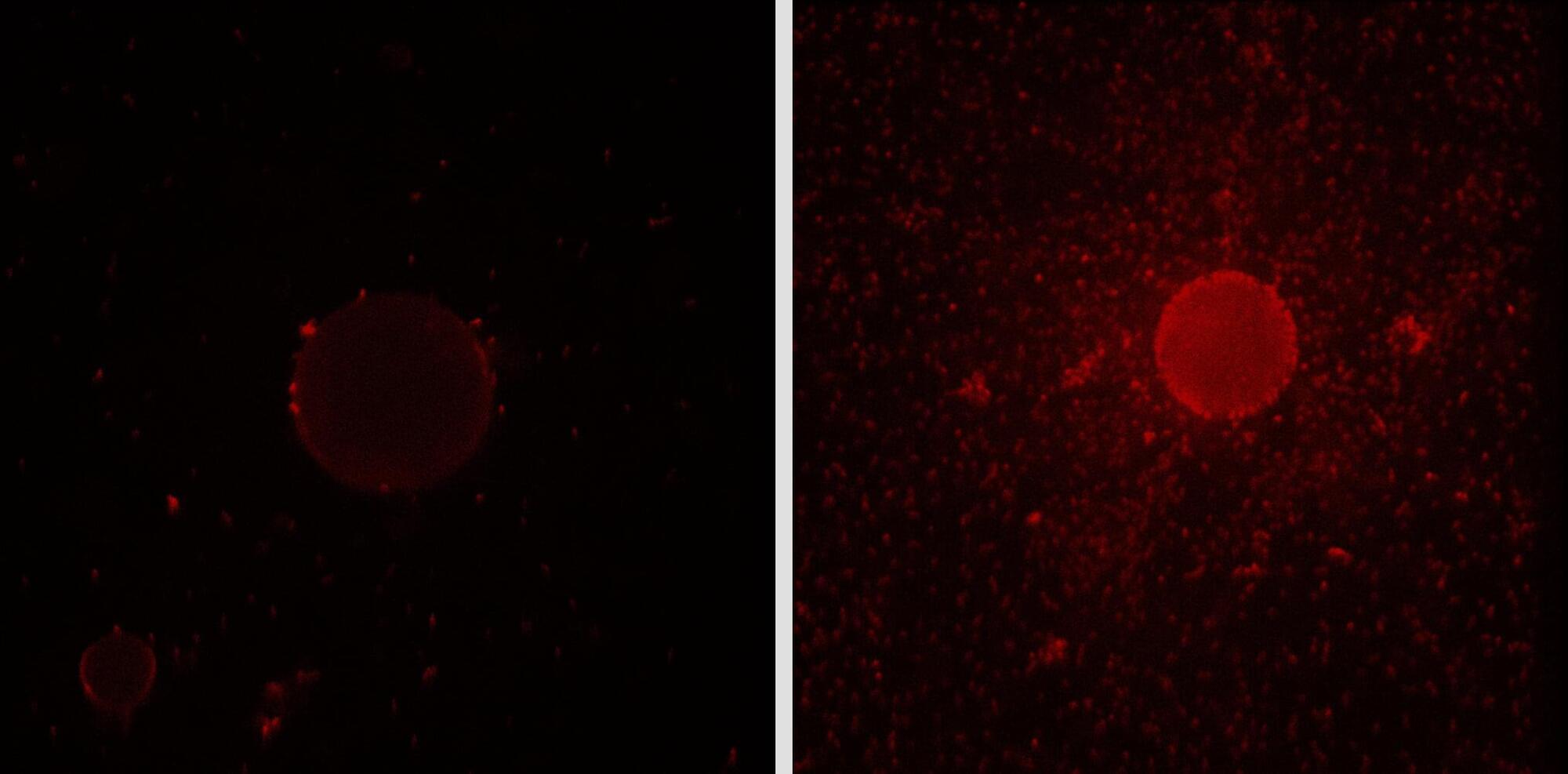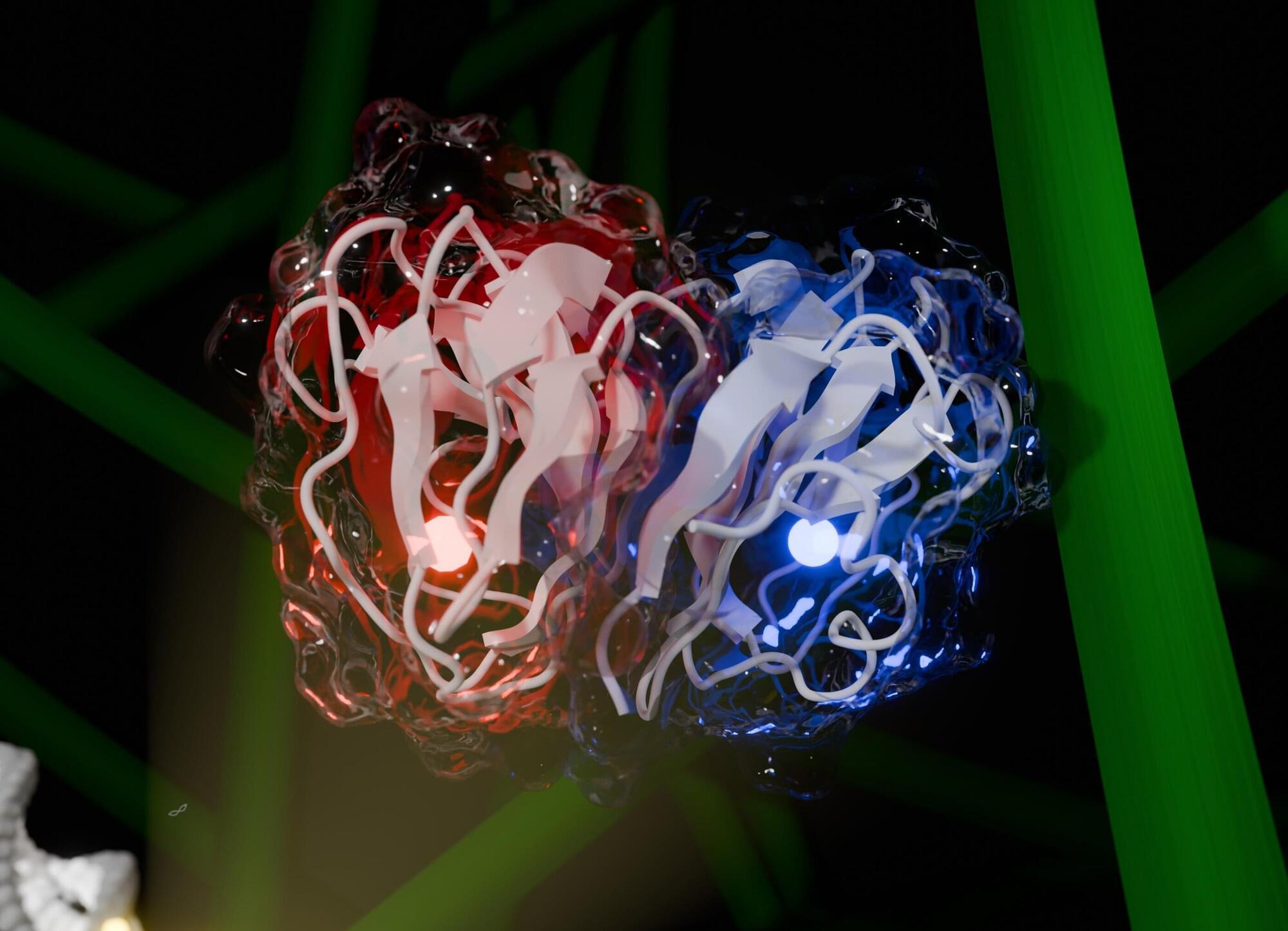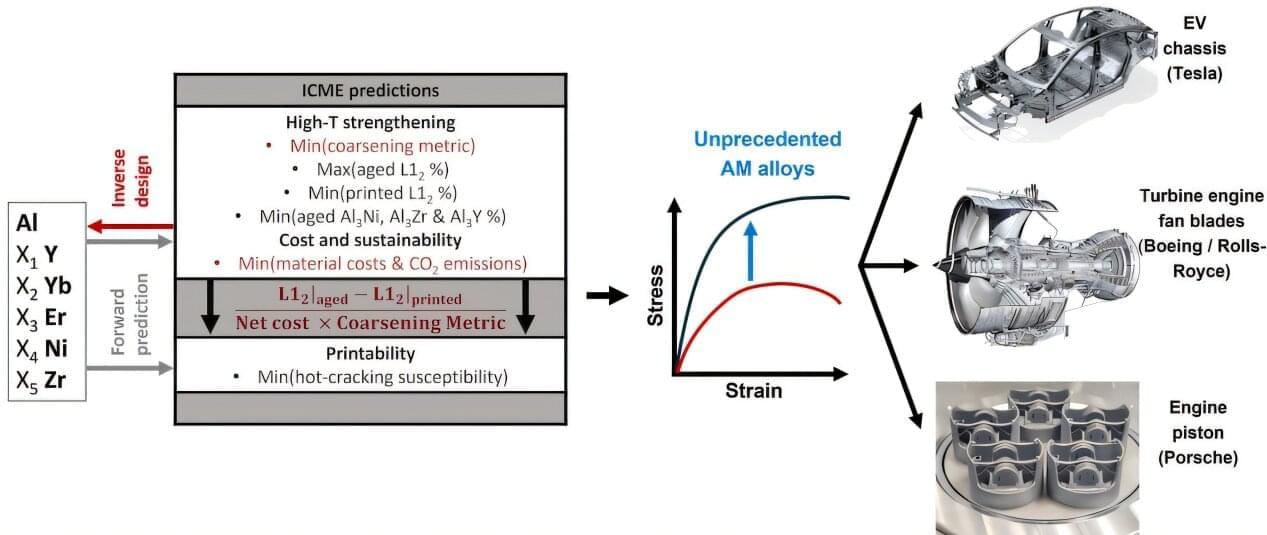Thin film solar cells such as CdTe and CIGSe have gained significant attention due to their low production cost and excellent power conversion efficiencies (PCE). Nevertheless, toxicity and scarcity of constituent elements restrict their widespread usage.
Recently, Cu2SrSnS4 semiconductor has emerged as a potential substitute due to its remarkable absorber characteristics, including non-toxicity, Earth abundance, tunable bandgap, etc. But still, it’s in the emerging stage with a low PCE of 0.6%, revealing that it requires remarkable enhancement to compete with traditional solar cells.
The large open circuit voltage (VOC) loss constricts its performance, which primarily originates from improper band alignment with the transport layers. Discovering the ideal device configuration is the best solution to enhance its PCE.
